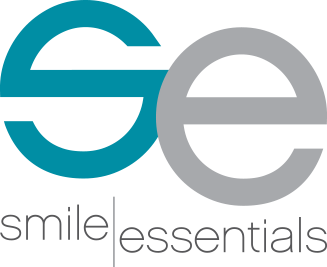Megan Arjmandi DDS
760.806.5302
Request Appointment
Whether you should brush or floss your teeth first
Posted on 02-22-2024
There is research and debate behind whether it is more beneficial to brush or floss your teeth first when doing your regular oral hygiene routine. While the order may not make a huge difference either way, there are reasonable arguments on both sides that suggest the optimal approach may be to focus on flossing before brushing.
The main advantage of flossing first is that it helps clear away plaque and debris from between your teeth and at your gumline before you brush. Flossing can reach food particles, plaque, and bacteria buildup that your toothbrush simply cannot access as effectively. If you brush first, you leave much of this harmful buildup still stuck between teeth and along the gumline even after brushing. The bristles simply cannot reach into these tight crevices.
By flossing first, you fully dislodge and remove any stuck-on plaque, food debris, dead cells, and bacteria that would otherwise be left remaining in these areas. This allows the toothpaste and brush to then better access and clean the entire smooth surfaces of teeth and gums rather than just the exposed sides you can reach. Flossing first ensures the most complete plaque removal possible.
In addition, starting with flossing means you will disrupt and dislodge fewer bacteria and plaque bits when you go to brush after. Bacteria colonies and plaque can become loosely attached to tooth surfaces and then get scrubbed into the saliva and swallowed if you brush first. By flossing first, there will be less built-up plaque present to then get swirled into the mouth when you brush after it.
Research has shown that people who floss before brushing have less plaque present above the gumline after their oral hygiene routine versus those who brush first. And lower plaque levels translate to reduced oral bacteria, less inflammation and bleeding, and better gum health over time. The one-two punch of flossing to start and then brushing after makes the most biological sense and offers the most thorough cleaning.
The only real downside to flossing first is that some people find it makes their gums bleed more initially. However, that is just a sign of inflammation and gingivitis. As gums get healthier with daily flossing, the bleeding should subside within a couple of weeks. Again, flossing first will better prepare gums for a deeper cleaning with the brush after anyway.
So, while either order of flossing and brushing daily will provide oral health benefits compared to doing neither, starting with flossing and then brushing your teeth is considered the more optimal sequence for maximum plaque removal and gum health. Taking those few extra seconds to floss first really can make a meaningful difference in your oral hygiene effectiveness.
Click to read our other posts
- Your Dentist in Vista
- Am I good candidate for dental implants
- Grinding teeth
- Should I get dental veneers
- Why your gums bleed when you floss and if you should stop flossing
- Why dental veneers are often a better choice than dental bonding
- Why the brand of toothpaste used is not as important for oral hygiene compared to proper brushing technique
- How often toothbrushes should be changed and why this is important
- What a root canal is and when one is needed
- What a dental cavity looks like
- Broken Tooth
- Gum Disease
- Teeth Whitening
- What Vaping Does to your Teeth?
- Why it is Important to Replace Missing Teeth?

